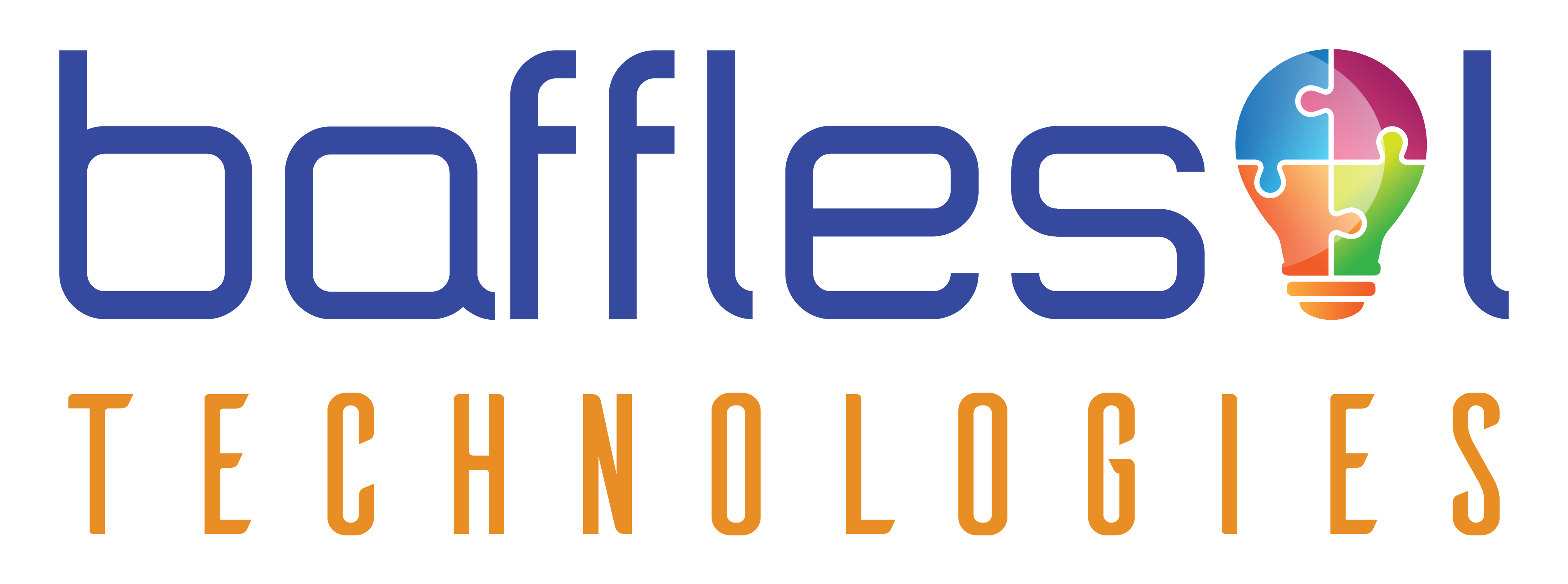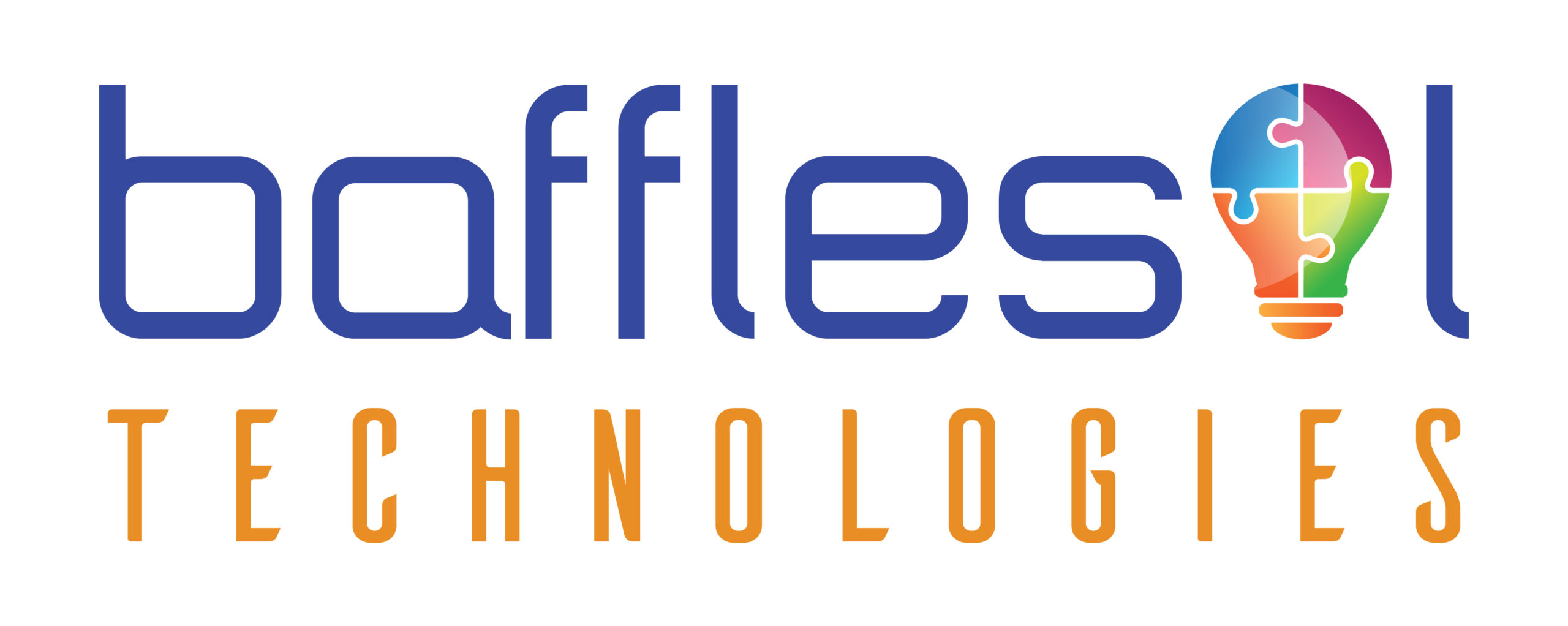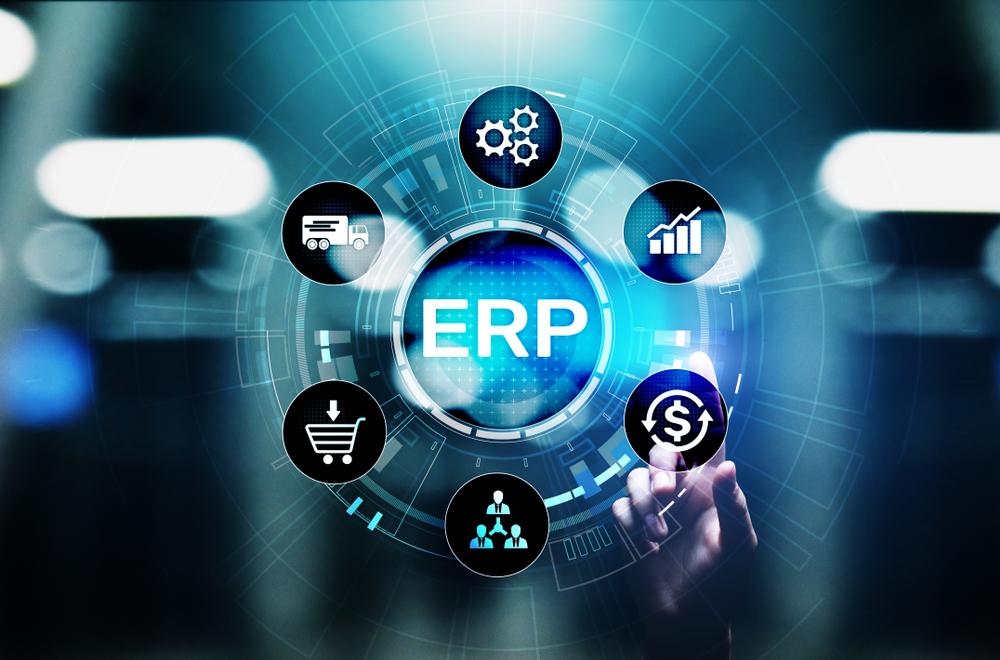During COVID, the supply chain across the world has been impacted. In early 2020, industries realized that since China has stopped manufacturing, orders could not be fulfilled. With even international travel stopping, every non-essential service manufacturer and suppliers were working at less than 50% capacity, and operations seized. Every industry started to look for alternate ways of working.
Sincere the majority of companies chose to Work From Home, and it was essential to have resources for efficient working available on the cloud. And all of the sudden expectations from ERP companies like Infor, Microsoft, Oracle and SAP increased manifold, and business owners realized that digitalization and automated advance ERP system is very critical for businesses to survive and accelerate the growth. They also learned that it is practically impossible to make a business grow using legacy systems.
Companies have started to adopt modern ERP systems like Microsoft Dynamics to set trajectories of their business for years to come. As companies are determined to move towards modern, next-generation systems, there are risks that need to be addressed. The evolution can be thought-provoking since you and your employees need to adapt to the new system and learn how to use it efficiently. However, this can be highly fulfilling if appropriately implemented. It can not only help you harmonize all of your information and but also streamline your business operations, while significantly improving communication and collaboration within your organization.
Few things that should be considered for successful implementation are — ( Remember there are no shortcuts 😊)
Documentation: While as a process coach, I always discourage lengthy documentation. But since during ERP implementation, the primary outcome is process and workflow automation, it is essential to understand — What, Why and How automation should be done. Basis the definition of 2Ws and 1H, you would have a clear understanding of the system as well. Define proper KPIs so you know the problems that ERP software will help you solve.
Define Team — It is essential to identify all key stakeholders and define R&R and define how responsibilities flow from one person to another. In short define RACI for all activities to be performed as part of ERP implementation. This might look like a lot of work, to begin with, but believe it save not only time at a later stage but any unnecessary noise later.
Define Plan — Define a detailed delivery plan. While project plans can change, keep in mind that the scope, deadline, and budget always need to be analyzed and evaluated before making significant changes. Follow PDCA and review and edit this plan regularly.
Migration: Many organizations store their customer, supplier, and physical asset records in multiple formats and databases that might contain some unnecessary information. This data should be reviewed and refined for accuracy and uniformity before migration begins. Any obsolete data should be removed. When the data has been updated, cleaned, and verified, only then the migration of data should start.
Training — Once the system is configured and the new processes are created, it’s crucial to train all relevant users. Invest both in individual and group training to enable proper use of the software.
To ensure investment is brought to proper use, training is essential.
This list has culminated over 15years of experience we have in ERP implementation with specialization in Microsoft Dynamics. We have had made our mistakes, and have also learned over a period. Keep polishing, keep analyzing, and keep improving.
This is our list of things we keep in mind while we kick off the ERP implementation project. But as summary remember :
Define RACI
Communicate & Collaborate



